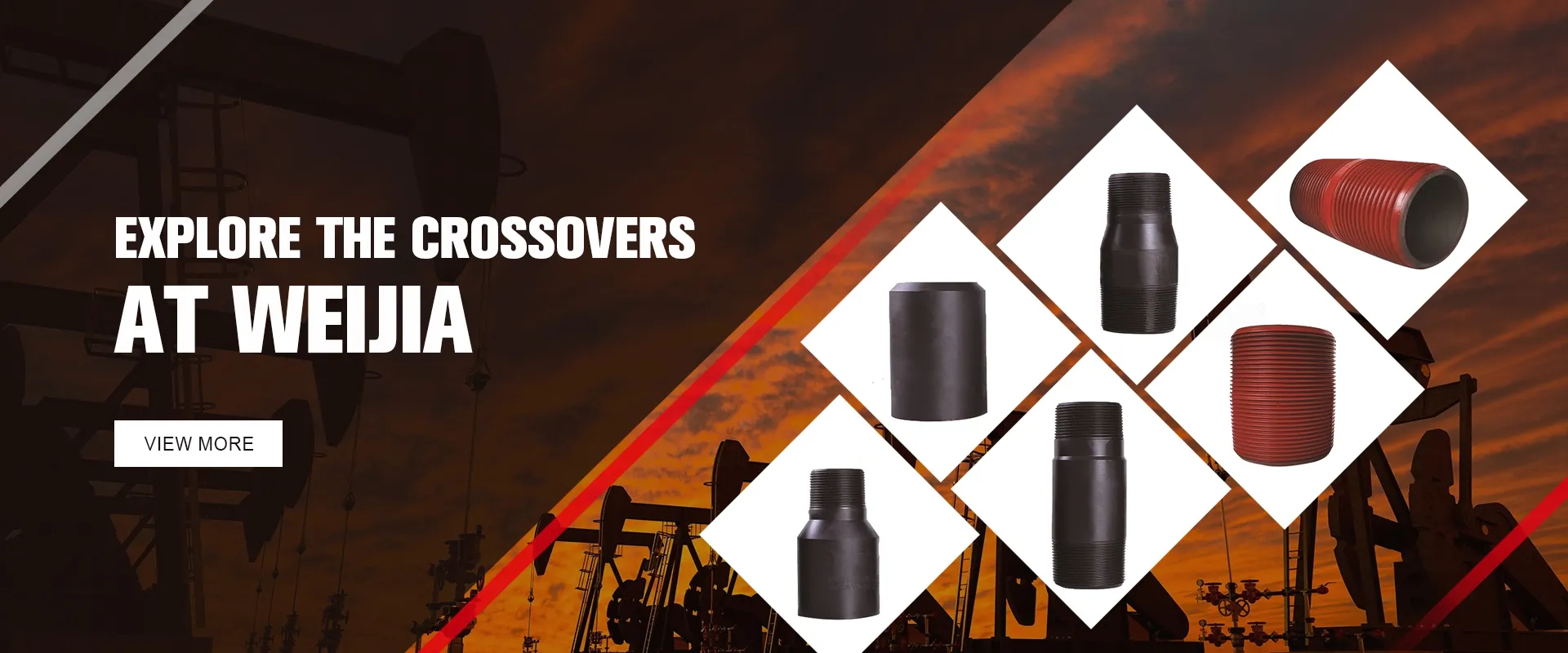- Afrikaans
- Albanian
- Amharic
- Arabic
- Armenian
- Azerbaijani
- Basque
- Belarusian
- Bengali
- Bosnian
- Bulgarian
- Catalan
- Cebuano
- Corsican
- Croatian
- Czech
- Danish
- Dutch
- English
- Esperanto
- Estonian
- Finnish
- French
- Frisian
- Galician
- Georgian
- German
- Greek
- Gujarati
- Haitian Creole
- hausa
- hawaiian
- Hebrew
- Hindi
- Miao
- Hungarian
- Icelandic
- igbo
- Indonesian
- irish
- Italian
- Japanese
- Javanese
- Kannada
- kazakh
- Khmer
- Rwandese
- Korean
- Kurdish
- Kyrgyz
- Lao
- Latin
- Latvian
- Lithuanian
- Luxembourgish
- Macedonian
- Malgashi
- Malay
- Malayalam
- Maltese
- Maori
- Marathi
- Mongolian
- Myanmar
- Nepali
- Norwegian
- Norwegian
- Occitan
- Pashto
- Persian
- Polish
- Portuguese
- Punjabi
- Romanian
- Russian
- Samoan
- Scottish Gaelic
- Serbian
- Sesotho
- Shona
- Sindhi
- Sinhala
- Slovak
- Slovenian
- Somali
- Spanish
- Sundanese
- Swahili
- Swedish
- Tagalog
- Tajik
- Tamil
- Tatar
- Telugu
- Thai
- Turkish
- Turkmen
- Ukrainian
- Urdu
- Uighur
- Uzbek
- Vietnamese
- Welsh
- Bantu
- Yiddish
- Yoruba
- Zulu
Well Casing Coupler - Durable & Reliable Solutions for Drilling
Understanding Well Casing Couplers Essential Components in Oil and Gas Drilling
In the oil and gas industry, ensuring the integrity and safety of wells is paramount. One critical component that plays a crucial role in achieving this is the well casing coupler. These devices are instrumental in connecting lengths of casing together, creating a robust barrier that supports the well structure, prevents the migration of fluids, and provides protection to the borehole.
Well casing refers to the tubular structure installed in a drilled well to maintain its integrity, prevent the collapse of the borehole, and isolate different underground formations. Over time, as drilling progresses, engineers need to add new sections of casing to reach deeper reservoirs. Here, well casing couplers come into play, as they provide a reliable and durable connection between these sections.
The design of a well casing coupler is crucial. Typically made from high-strength steel, these couplers must withstand enormous pressures and temperatures encountered underground. They are engineered to provide a seamless connection that maximizes the structural integrity of the casing string while minimizing the risk of failure. Most couplers are designed to be threaded or similar to ensure a tight fit that can handle the harsh conditions of drilling operations.
well casing coupler

Well casing couplers also assist in maintaining the sealing capabilities of the well. The connections formed by these couplers must prevent the unintended escape or influx of fluids, which could lead to contamination of water sources or dangerous blowouts. As such, the materials and coatings used in these couplers are often selected for their resistance to corrosion and wear, ensuring longevity and reliability.
Installation of well casing couplers requires precise techniques. Operators must ensure that each connection is torqued correctly to achieve the ideal level of tightness while avoiding the risk of damage or excessive wear. Proper training and adherence to industry standards are essential to ensure that these installations are performed correctly.
Furthermore, advances in technology are resulting in the development of more innovative coupling solutions. For instance, there are now specialized couplers designed for high-pressure and high-temperature applications, catering to the demands of deepwater drilling operations. These innovations not only enhance the performance of the couplers but also contribute to safer and more efficient drilling processes.
In summary, well casing couplers are vital components in the oil and gas drilling industry. They provide the necessary connections that ensure the structural integrity of the well while preventing fluid migration and contamination. As technology continues to evolve, the design and materials used for these couplers are expected to advance, further improving safety and efficiency in drilling operations. Understanding the importance of well casing couplers helps underline their role in the successful extraction of hydrocarbons, ensuring that we can meet our energy needs safely and sustainably.
-
Tubing Pup Joints: Essential Components for Oil and Gas OperationsNewsJul.10,2025
-
Pup Joints: Essential Components for Reliable Drilling OperationsNewsJul.10,2025
-
Pipe Couplings: Connecting Your World EfficientlyNewsJul.10,2025
-
Mastering Oilfield Operations with Quality Tubing and CasingNewsJul.10,2025
-
High-Quality Casing Couplings for Every NeedNewsJul.10,2025
-
Boost Your Drilling Efficiency with Premium Crossover Tools & Seating NipplesNewsJul.10,2025







